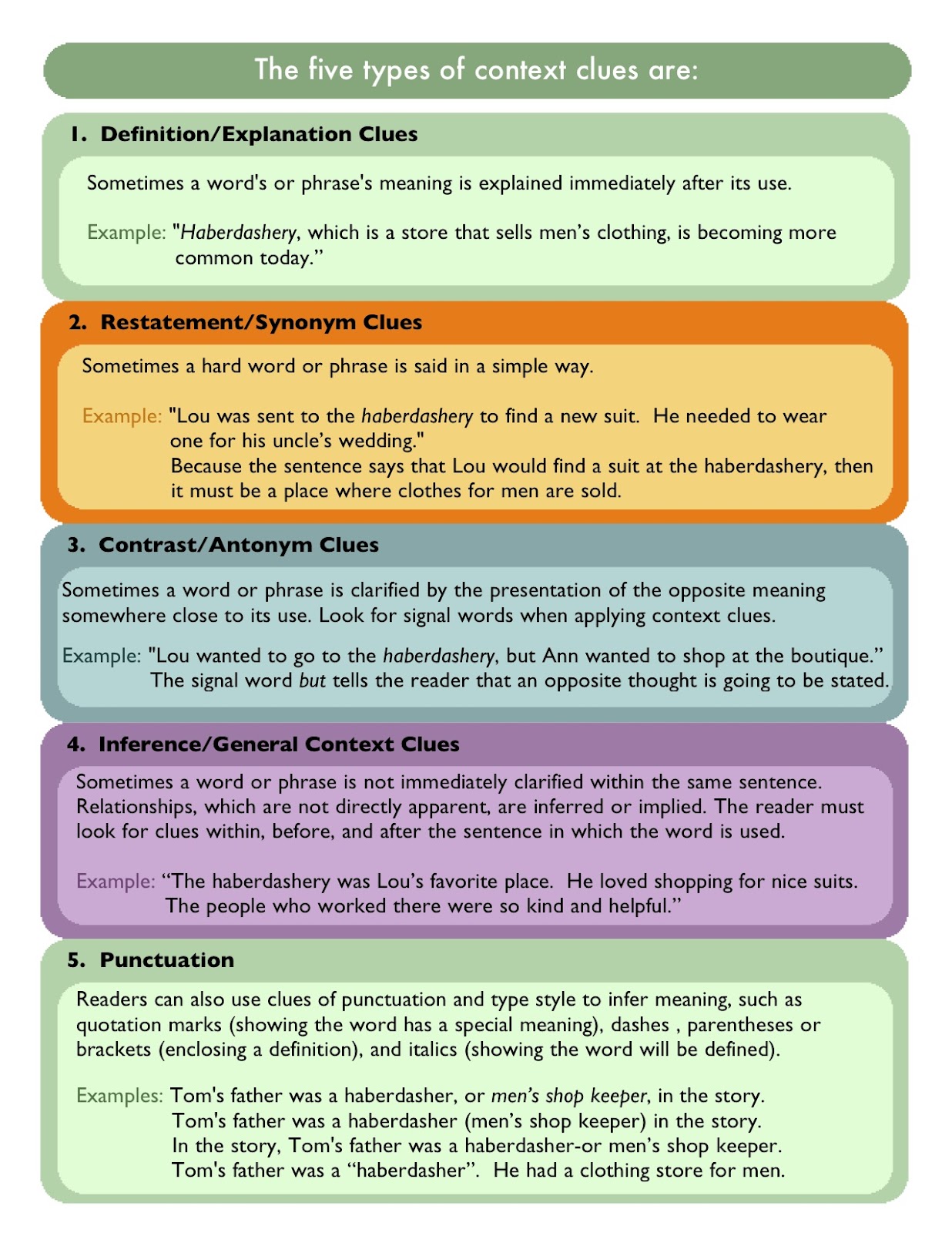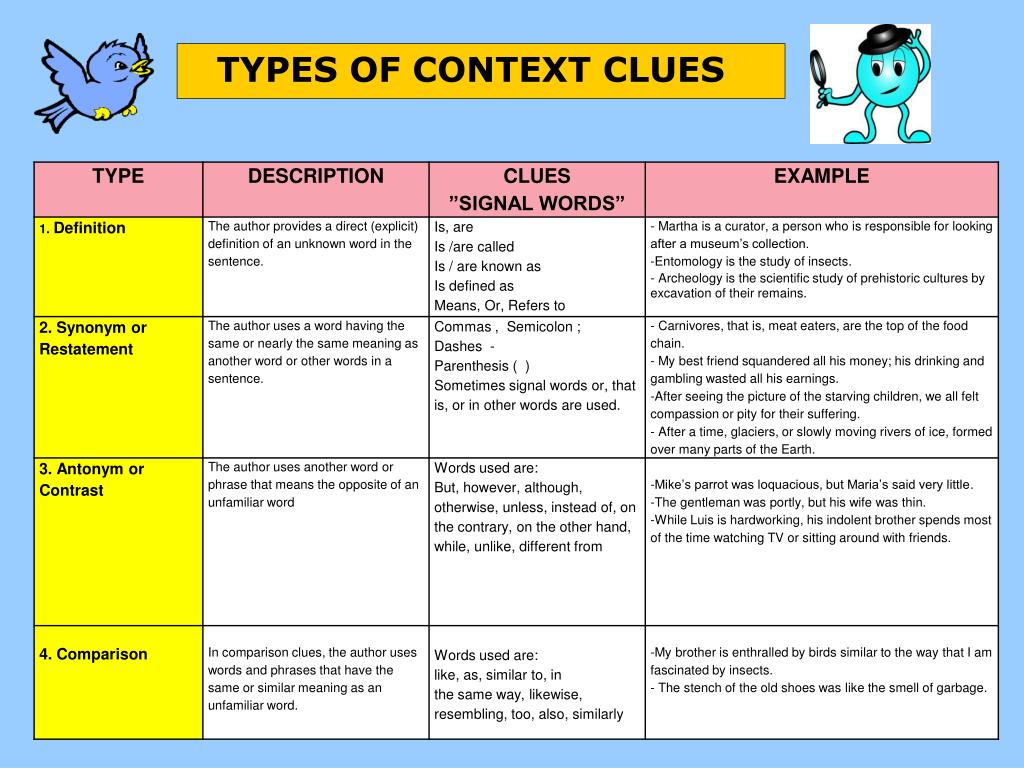
Our review supports a more uniform tuning of healthcare between healthcare providers (the organisations), care workers (the professionals) and healthcare consumers (the patients), by creating more awareness of the differences among these actors, which can be a guide in their communication. This finding stresses the importance that care workers’ and healthcare consumers’ meaning of ‘health’ has to be clear to all actors involved. In conclusion, from every perspective, and even for every individual, health may mean something different. Having different understandings of the concepts of health can lead to misunderstandings in practice. This implies that healthcare consumers act based on different health concepts when seeking care than care workers when providing care. The results showed that most articles described a concept of health consisting of multiple subthemes no consensus was found on one overall concept of health. Seventy-five articles could be included for thematic analyses. Articles eligible for inclusion focussed on the discussion or the conceptualisation of health or health-related concepts in different contexts (such as the perspective of care workers’ or patients’) published since 2009 (the Dutch Health Council raised the discussion about moving towards a more dynamic perspective on health in that year).

A literature search was conducted in Pubmed and Cinahl. The objective of our study was to create a structured overview of published concepts of health from different perspectives by conducting a scoping review using the PRISMA-ScR guideline. More likely, health concepts need to be specified for professions or settings.

However, the question remains whether a general health concept can guide all healthcare practices. Many alternative concepts of health have been discussed in the last decades such as ‘positive health’, which focusses on someone’s capability rather than incapability. The WHO’s definition of health implies that many people with chronic illnesses or disabilities would be considered unhealthy and complete wellbeing would be utopian and unfeasible for them. Websites: QCF levels and units/Teaching Assistant Focus.The rationale of our study was that the World Health Organization’s (WHO) definition of health from 1947 which includes “… complete physical, mental and social wellbeing…” does not fit the current societal viewpoints anymore.Book: Heinemann work based Learning – Supporting teaching and learning in schools (primary) by Louise Burnham and Brenda Baker.Where ever possible I would learn and adjust to the other person’s culture to ensure that we communicate effectively and if I was unsure I would ask questions (not personal) and try to find out more. If someone avoids making eye contact with you when speaking, perhaps that is the impact of culture – not that they are rude, shy, uninterested or even dishonest.


For example, in some countries it is generally disrespectful to look at someone directly and boldly in the eyes, especially if they are your senior (older than you, your boss, or of a higher social class/status), whereas in the United Kingdom, not making eye contact can be seen as a sign of dishonesty. The same gestures may mean different things in different cultures. The language, gestures, dressing, mannerisms, etc become obviously different. We are not usually aware of our culture until we meet someone from a different culture. CulturalĬulture is the way that we identify groups of people who share common characteristics including language, values, social practices and attitudes. You should always use appropriate language and gestures for children, young people and adults an ensure that they understand what you mean.
DIFFERENT CONTEXTS PROFESSIONAL
You obviously cannot use words like ‘lol’,’defo’, and ‘rofl’, when you are sending an email or writing a comment on a child’s work or communicating in a professional way in school. This professional manner should include the way that you communicate with the pupils and other adults. Once you become employed to work in a professional setting like a school, you are representing the school and should conduct yourself in a professional manner.


 0 kommentar(er)
0 kommentar(er)
